Getting to know your natural world can be like learning a new language. Nature experts like scientists and naturalists use all sorts of words that may not be familiar to readers. Learning some of these words can go a long way in building useful outdoor knowledge. One particularly useful term is “life cycle”. In this Deep Stuff post, let’s learn about life cycles in nature and how you can see them in your own backyard, or out on the trail.
The basics
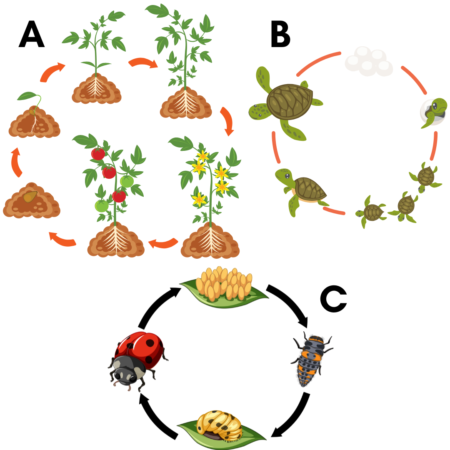
If you’ve ever taken a class on basic biology, you have probably seen diagrams like the examples above. These show a circular pattern going from the “baby” stage of a living thing all the way through to adulthood. The adults then create more babies, eventually die, and the cycle continues. Such “life cycles” are hugely important in that they are what keeps nature going.
The many forms of life on Earth today (what scientists call biodiversity) are all the result of reproduction and survival. This is the same for birds, plants, fungi, fish, lichens, insects, people, you name it! Their parents (or parent) had to survive long enough to create them by means of reproduction. Most larger organisms reproduce by mating with another individual of their species (sexual reproduction). By contrast, many microbes and some types of insects, even the occasional reptile can make babies without having to mate. We can think of life cycles as how organisms go from being born (or hatched, budded, or spawned…) to reproducing themselves, and eventually dying.
Read more: What is biodiversity?
Life stages
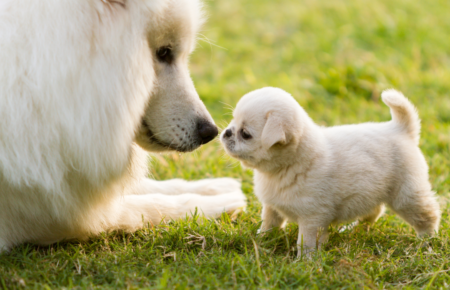
An organism’s life cycle is composed of life stages, which are a series of sequential phases making up their life. You can typically tell life stages apart based on their physical characteristics. For example, the larval stage of many frogs, called a tadpole, has a swimming tail and gills for living in water. From a human perspective, you could consider an infant a life stage, which we can identify as having a big head, not much hair, and at most a couple teeth.
What’s the difference between frogs and toads?
Importantly, living things develop through life stages in a predictable order. For instance, adult birds lay eggs, which hatch into chicks, leave the nest as fledglings, and eventually develop into adults. Life stages are also typically divided by important events in the development of the organism. Returning to our bird example, leaving the nest is a key transition from nestling to fledgling. More dramatically, the process of germination is when a plant goes from the seed stage to the sprout stage.
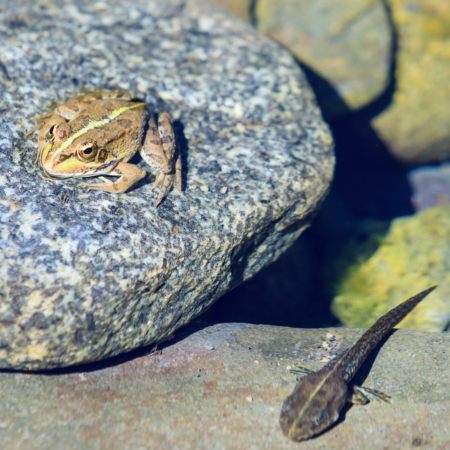
If you touch a baby bird, will its mother reject it?
Transitioning between life stages can mean a lot of different changes for different types of wildlife. For example, ferns switch between a spore phase for moving around to a reproductive phase for exchanging genes with neighbors. For many birds, insects, and other armored critters from lobsters to roly-polies, molting is the key event that divides up life stages.
Read more: What is molting?
Simple versus complex life cycles
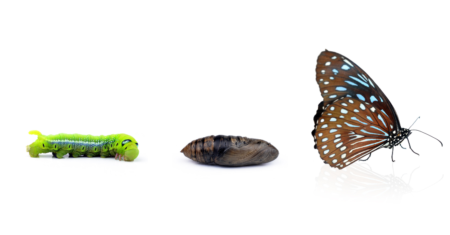
As you might imagine from some of the examples above, life cycles can get pretty complicated. Moths and butterflies, for example, start off as eggs, go through several larval stages, then pupate as a cocoon or chrysalis, and finally become an adult butterfly. Folk tales about butterflies make it obvious how different these life stages are from one another. Who hasn’t read about an “ugly” caterpillar changing shape into an elegant, winged insect? The many life stages of butterflies, sometimes even their different caterpillar stages or instars, often look nothing alike.
What’s the difference between moths and butterflies?
Life cycles that involve a larger number of life stages, or that involve dramatic transformations between very different life stages, are known as complex life cycles. Sometimes, these can get really complex. For example, some species of parasites can have six or more different life stages which move between different host animals! Many marine and aquatic animals have tiny, drifting life stages that live in the plankton before settling down. This includes things like barnacles and corals!
By contrast, most of our closest relatives, the mammals, have fairly simple life cycles. Even if an infant or a child isn’t quite the same as an adult human, we don’t need any super dramatic changes to transition between those life stages. While puberty isn’t necessarily fun, it’s not the same as liquifying our whole bodies into a pupal stage and growing wings. At least literally! With the exception of the bizarre monotremes (like platypus and echidna in Australia), mammals like us tend to have simple life cycles. These have few life stages, and those life stages do not involve dramatic transformations.
Read more: Australia’s weirdest animals
Life cycles in your back yard
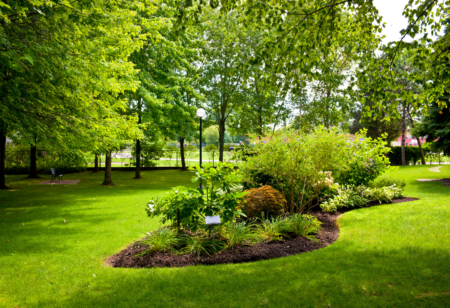
Now that you know a bit about life cycles, you’ll want to keep an eye out for them in your own outdoor adventures. Here are some common examples of ways to witness life cycles in some common outdoor environments like parks, yards, and gardens.
Garden and household bugs
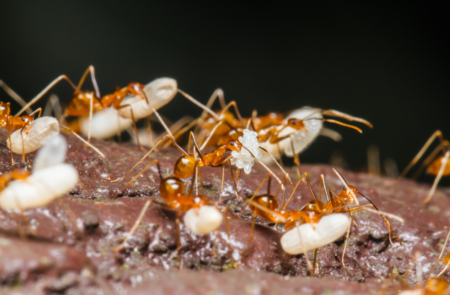
One of the most fascinating things about invertebrate animals (what we might broadly call bugs) are their cool life cycles. Beyond that, bugs are so widespread and abundant that you can find them almost anywhere. As a result, if you’re looking to check out some cool life cycles, look no further than the bugs!
Specifically, some orders of insects have complex, multi-stage life cycles. This is famously true of butterflies and moths, but it applies to other groups as well. Bees and wasps, for example, have wormlike larval stages that must pupate before they look like adults. However, you’re unlikely to get a good look at these without barging into a nest, and I wouldn’t recommend it!
Eight insect orders that every nature lover should know
Ants, however, are closely related to bees (order Hymenoptera), and witnessing their different life stages can be much easier. Turning over stones, logs, or other stationary objects, you might turn up an ants’ nest. If you’re lucky, you might see worker ants hurrying off with what look like little white packages. Those aren’t eggs—they’re larvae or pupae, future adult ants in the making!
Aquatic larvae

Some of my favorite life cycles belong to animals that live part of their lives in water and part on land. If you’re fortunate enough to live near a pond, lake, or wetland, it’s worth checking out the multitude of cool plants and animals that inhabit them. Some of the coolest semi-aquatic life cycles you’ll come across are those of anuran amphibians like frogs and toads and the insect order Odonata, the dragonflies and damselflies.
Read more: Why are wetlands important?
Just like frogs and toads, dragonflies and damselflies also have an aquatic larval stage. While spotting pollywogs or tadpoles is pretty easy in shallow water, odonate larvae, known as naiads, can be tougher to find. Dragonfly and damselfly naiads are fierce underwater predators, and typically hunt by ambushing their prey. This means that they remain very well camouflaged, often standing still or moving slowly through underwater vegetation or along the bottom.
Read more: 15 amazing facts about dragonflies
While it’s not easy to find these critters, it’s easy to find signs of their life cycle! Look along stems of plants coming out of the water for what look like tattered, pale bugs clinging to them. If you look closely, you might even see a hole or gap along their back. These exuviae are the discarded outer shells of dragonfly and damselfly nymphs that were left behind after they metamorphosed into their adult form.
Prickly to pretty
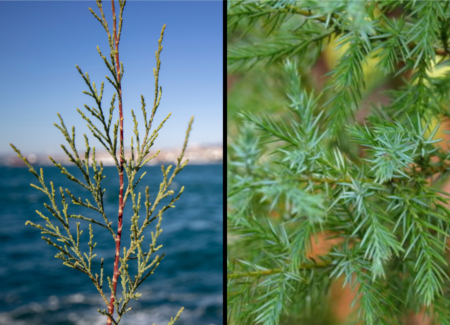
Of course, cool life cycles aren’t only limited to the animal kingdom. Plenty of plants go through distinct life stages as they grow, beyond just seed, seedling, and adult. In North America, the Eastern redcedar (Juniperus virginiana) has a rough-looking “juvenile” stage with stiff, surprisingly sharp needles for leaves. Accidentally grabbing a juvenile redcedar can be very painful and mean time pulling spikes out of your skin. Meanwhile, the adult trees have soft,, pliable needles that are pleasant to the touch.
For the redcedar, its tough younger life stage helps protect it from being eaten or chewed on by deer. By being prickly and harsh, it can protect itself during its vulnerable early life stage. Then, once it’s grown into a larger adult, it can make larger, softer needles that are better for photosynthesis.
Sources and further reading
Auld, S.K.J.R. & Tinsley, M.C. 2015: The evolutionary ecology of complex lifecycle parasites: linking phenomena with mechanisms. Heredity 114, 125-132.
Willson, M.F. 1984. Vertebrate Natural History. Saunders College Publishing HBJ, Fort Worth, TX.
Thanks for reading about life cycles!
Come across any cool life stages in your area lately? Tell us about it in the comments! If you enjoyed this post, please support Gulo in Nature by sharing with friends and family on Social Media. If you have any questions or want to get in touch, you can do so using the Contact Page. Until next time, get to know your natural world!
